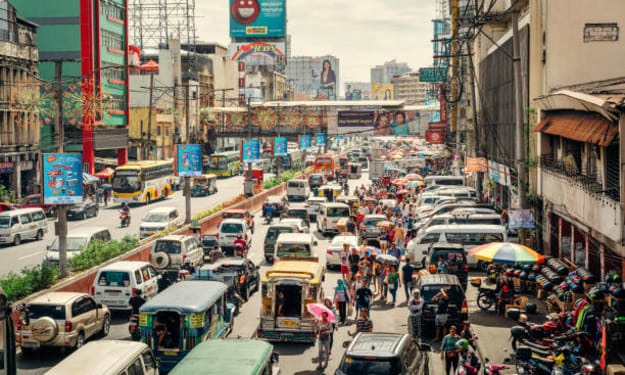Imagine a scenario where every single person on Earth decides to enter a deep sleep for a thousand years and then awaken.
A sleep for 1000 years

Imagine if everyone on Earth collectively decided to skip the next 10 centuries. The entire population retreats to specially constructed underground bunkers and settles into their comfortable beds. The last person awake sets the alarm clock for a thousand years into the future and closes their eyes. Millions of robot helpers remain close to their sleeping masters, monitoring their well-being and observing the planet's changes. No one is left behind to tend to our civilization, as homes, offices, and cities are reclaimed by nature.
Within just one day, power plants around the world begin to shut down, and city lights fade away. Television and the internet become a thing of the past, leaving only Las Vegas as a lingering beacon powered by a hydroelectric plant. However, the deserted streets lack the vibrancy of celebration. Raccoons venture into empty homes, rummaging through trash cans and raiding fridges. Pets, fortunate to accompany their owners into the slumber, provide companionship during the thousand-year rest.
Without electricity, refrigerators, supermarkets, and restaurants cease to function, and food begins to spoil. The decaying scent attracts scavengers and pests, creating a feast for them. As a month passes, nature begins its reclamation, with plants encroaching upon once-bustling cities. Even the lions from city zoos realize the absence of electrified enclosures and reclaim the urban landscape as their own, prowling the streets in search of prey.
After a year, Earth's ports descend into chaos as ropes snap and cargo ships drift aimlessly, colliding and sinking. Rats from cruise ships scavenge the remaining supplies, engaging in territorial battles with seagulls. The deserted cities transform beyond recognition within five years, as buildings are overgrown with vines, and concrete streets become lush gardens. The cacophony of car horns and advertisement jingles dissipates, replaced only by bird songs and the wind. Las Vegas, too, succumbs to darkness.
Meanwhile, astronauts who typically oversee the International Space Station are now part of the slumbering population back on Earth. Unattended, the ISS reenters the atmosphere and falls to the ground. Dreams continue to fill the sleepers' minds as the real world undergoes rapid changes. Dams and hydroelectric power plants near major cities begin to crumble, resulting in floods and the infiltration of fish into human dwellings. London and Amsterdam, built on drained marshes, gradually succumb to nature, with sinking streets and rising water levels.
As a century passes, corrosion and earthquakes wreak havoc on humanity's achievements. Iconic structures like the Golden Gate Bridge, the Brooklyn Bridge, and the Burj Al Arab fall into disrepair. Even the Mona Lisa, subjected to microscopic bacteria and insects, begins to fade away. By the 150-year mark, nearly a third of the world's skyscrapers crumble, roads collapse over subway tunnels, and Washington becomes a swamp while Los Angeles transforms into a savannah inhabited by elephants.
After 300 years of slumber, storage devices that once held valuable information are irreparably damaged. Cars succumb to corrosion, but their decayed tires remain for centuries. The Tower of Pisa leans further, ultimately toppling over. Humanity's absence allows the natural world to take over completely. At the 500-year milestone, only a few remnants of buildings remain. The Statue of Liberty lies in ruins, Washington is a swamp, and Venice is submerged.
Finally, after one thousand years without human activity, the once-great cities have become green-hued ruins, barely recognizable. Most buildings have crumbled into piles of concrete and trash. However, ancient structures like the Pyramids of Giza and the Great Wall of China endure. Surprisingly, the lunar and Mars rovers, our technological legacy, remain
About the Creator
Caleb Gold
"Creative wordsmith crafting captivating stories to inspire and entertain readers on a journey of imagination."
Please Don’t forget to tap the tiny heart, comment, & subscribe for more content.
Enjoyed the story? Support the Creator.
Subscribe for free to receive all their stories in your feed. You could also pledge your support or give them a one-off tip, letting them know you appreciate their work.






Comments
There are no comments for this story
Be the first to respond and start the conversation.